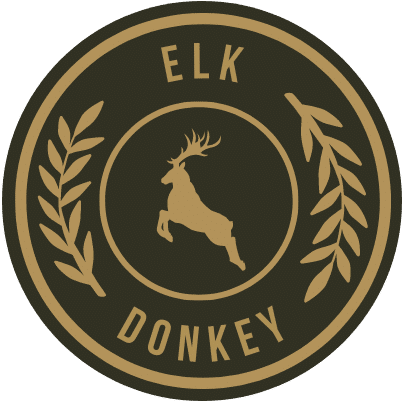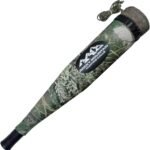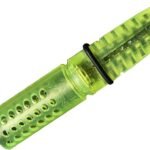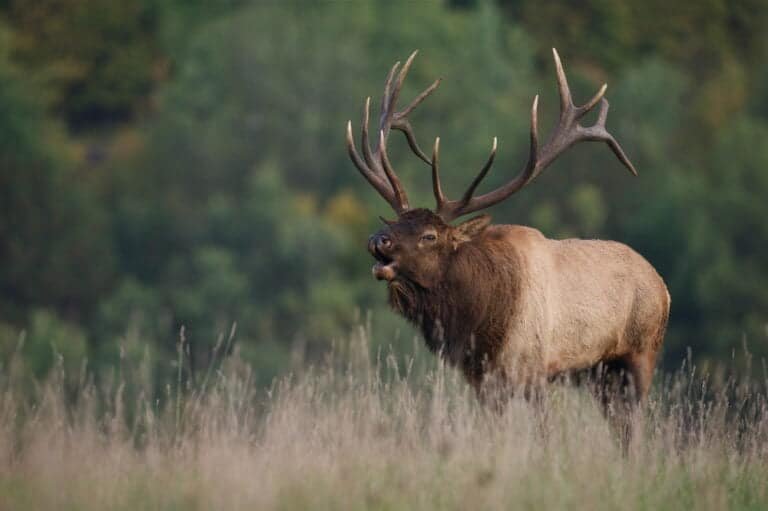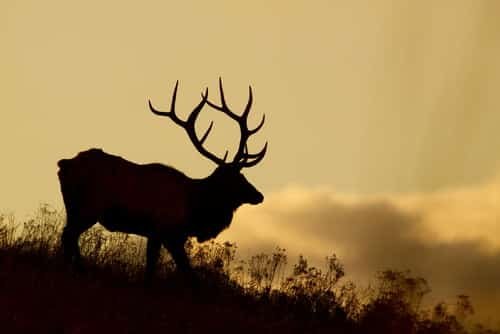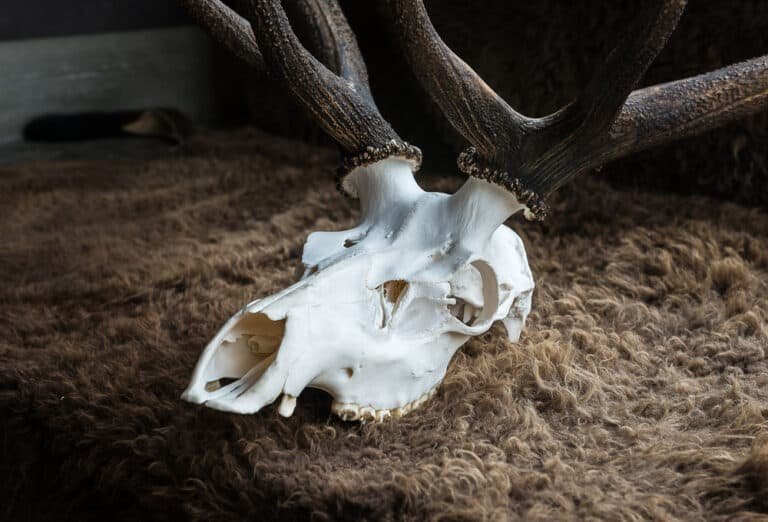5 Best Elk Calls for Hunting 2024: Expert Picks
Imagine standing in a misty mountain meadow when a bull’s bugle echoes through the valley. Your heart races as you reach for your call, knowing the next few moments could make or break your hunt. Elk calling isn’t just about making noise – it’s about speaking nature’s most primal language. Let’s review the five best elk calls for hunting these beautiful animals.
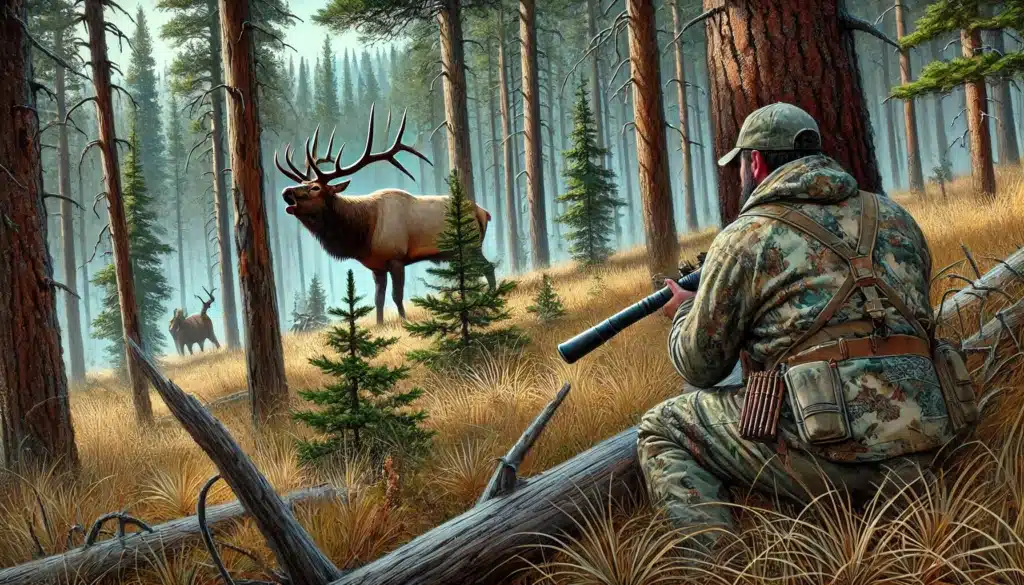
Why Mastering Elk Calls Changes Everything
Think of elk calling as learning a new language, except this one has been spoken in the mountains for thousands of years. Here’s why it matters:
- Elk are highly social creatures that communicate constantly
- Different calls trigger specific behaviors and responses
- Proper calling can bring bulls within range that you’d never see otherwise
- Bad calling can educate elk and ruin your hunting area
Understanding the Elk’s Vocal Dictionary
Bull Sounds
- Bugle: A challenge or dominance call
- Chuckle: Short grunts at the end of a bugle
- Glunking: A soft, subtle dominance sound
- Location Bugle: Shorter, less aggressive bugle
Cow and Calf Sounds
- Mew: Social contact call
- Estrus Whine: Breeding readiness call
- Lost Calf Call: High-pitched, urgent sound
- Assembly Call: Gathering the herd
Types of Elk Calls: Choosing Your Voice
1. Mouth Diaphragm Calls
Pros
- Hands-free operation
- Incredible versatility
- Most realistic sound potential
- Never freeze up in cold weather
Cons
- Steeper learning curve
- Can be uncomfortable
- Take time to master
Tips for Success
- Start with single-reed calls
- Practice without making sound first
- Record yourself and compare to real elk
- Clean after every use
2. External Reed Calls
Pros
- Easier to learn
- More consistent sound
- Good backup option
- Great for beginners
Cons
- Require hands to operate
- Can freeze in cold weather
- Limited sound range
Best Uses
- Cow calls
- Calf sounds
- Backup to diaphragm calls
- Teaching new hunters
3. Bugle Tubes
Pros
- Amplify sound dramatically
- Create realistic bull sounds
- Good for long-range calling
- Help break up your outline
Cons
- Bulky to carry
- Can be noisy in brush
- Less versatile than other options
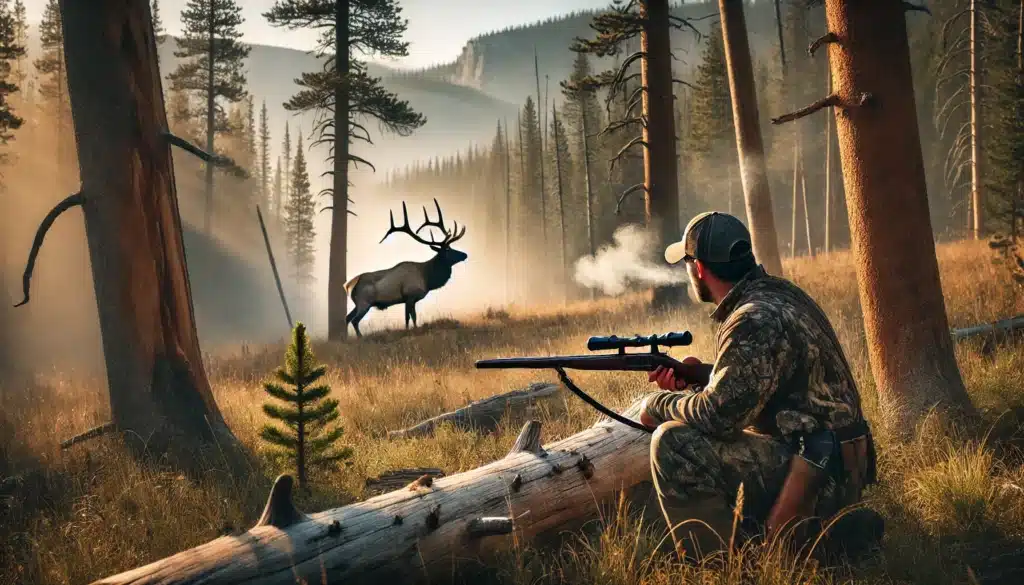
Mastering Your Calls: A Progressive Approach
Week 1-2
- Learn proper breathing techniques
- Master basic cow calls
- Practice call placement
- Study real elk sounds
Week 3-4
- Add inflection to cow calls
- Start basic bugles
- Learn call sequences
- Practice volume control
Week 5-6
- Master lost calf calls
- Perfect your bugle
- Add chuckles
- Learn situational calling
Situational Calling Strategies
Week 1-2
- Learn proper breathing techniques
- Master basic cow calls
- Practice call placement
- Study real elk sounds
Week 3-4
- Add inflection to cow calls
- Start basic bugles
- Learn call sequences
- Practice volume control
Week 5-6
- Master lost calf calls
- Perfect your bugle
- Add chuckles
- Learn situational calling
Early Season
- Focus on social calls
- Use cow/calf sounds
- Keep bugles subtle
- Call less frequently
Peak Rut
- Aggressive bugles
- Challenge sequences
- Use cow estrus calls
- Be ready to call often
Late Season
- Return to social calls
- Quiet calling
- Focus on feeding sounds
- Call sparingly
Common Calling Mistakes
Overcalling
- Solution: Wait 15-30 minutes between sequences
- Listen more than you call
- Let the elk tell you what they want
Wrong Timing
- Solution: Learn seasonal patterns
- Match calling to elk behavior
- Observe before calling
Poor Sound Quality
- Solution: Practice year-round
- Record yourself
- Study real elk
Improper Sequences
- Solution: Learn natural rhythms
- Study how elk interact
- Keep a calling journal
Advanced Calling Tactics
Call and Move
- Call from original position
- Move 50-100 yards
- Call again softer
- Set up for approach
Hunting Pressure Adjustments
- Call softer than others
- Use unusual sounds
- Create realistic scenarios
- Be patient
Bad Weather Strategies
- Call louder in wind
- Use more cow calls in rain
- Focus on protected areas
- Adjust volume to conditions
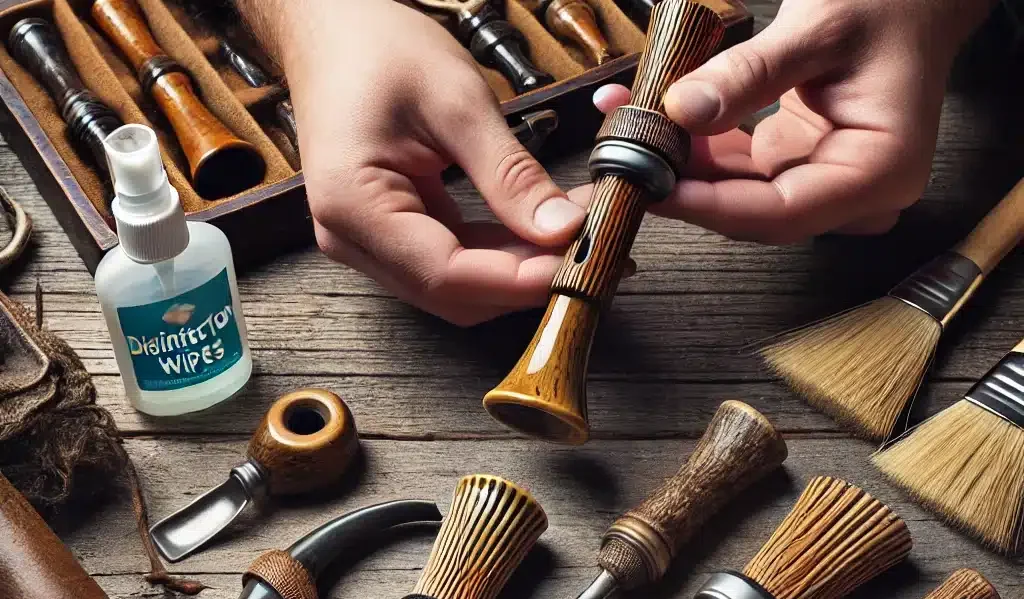
Maintenance and Care
Diaphragm Calls
- Clean after each use
- Store in a protective case
- Replace regularly
- Check reed tension
External Calls
- Dry completely after use
- Check reed alignment
- Store away from heat
- Carry spare parts
When to Call (And When Not To)
Best Times
- Early morning
- Late evening
- After hearing elk
- When you see elk interest
Worst Times
- Middle of day
- Heavy hunting pressure
- When elk are spooked
- Too close to bedding areas
Top 5 Best Elk Calls for Hunting
1. Phelps Game Calls Signature
- Why it’s great: Highly praised for its realistic cow sounds and ease of use, even for beginners.
- Pros: Versatile, loud and subtle calls, fits most hunters.
- Cons: Can be a bit tricky to master for some.
2. Primos Hoochie Mama
- Why it’s great: A classic choice for beginners, offering a wide range of cow sounds with a simple push-button mechanism.
- Pros: Easy to use, realistic sounds, durable.
- Cons: Not as loud as some other options.
3. Rocky Mountain Hunting Calls Heartbreaker
- Why it’s great: An excellent open reed call that produces realistic cow and calf sounds.
- Pros: Versatile, durable, produces a wide range of sounds.
- Cons: Can take some practice to master.
4. Bully Bull Extreme Elk Call
- Why it’s great: A powerful bugle tube that produces realistic bull elk sounds.
- Pros: Loud and clear, easy to use, durable.
- Cons: Can be a bit bulky.
5. Native by Carlton Greenie Weenie
- Why it’s great: A popular cow call that produces realistic sounds with a simple squeeze.
- Pros: Easy to use, durable, produces a wide range of sounds.
- Cons: Can be a bit quiet for some situations.
Remember: The best elk callers aren’t the ones who make the most realistic sounds – they’re the ones who know when and how to use their calls effectively. Success comes from matching your calling to the elk’s mood and the hunting situation.
